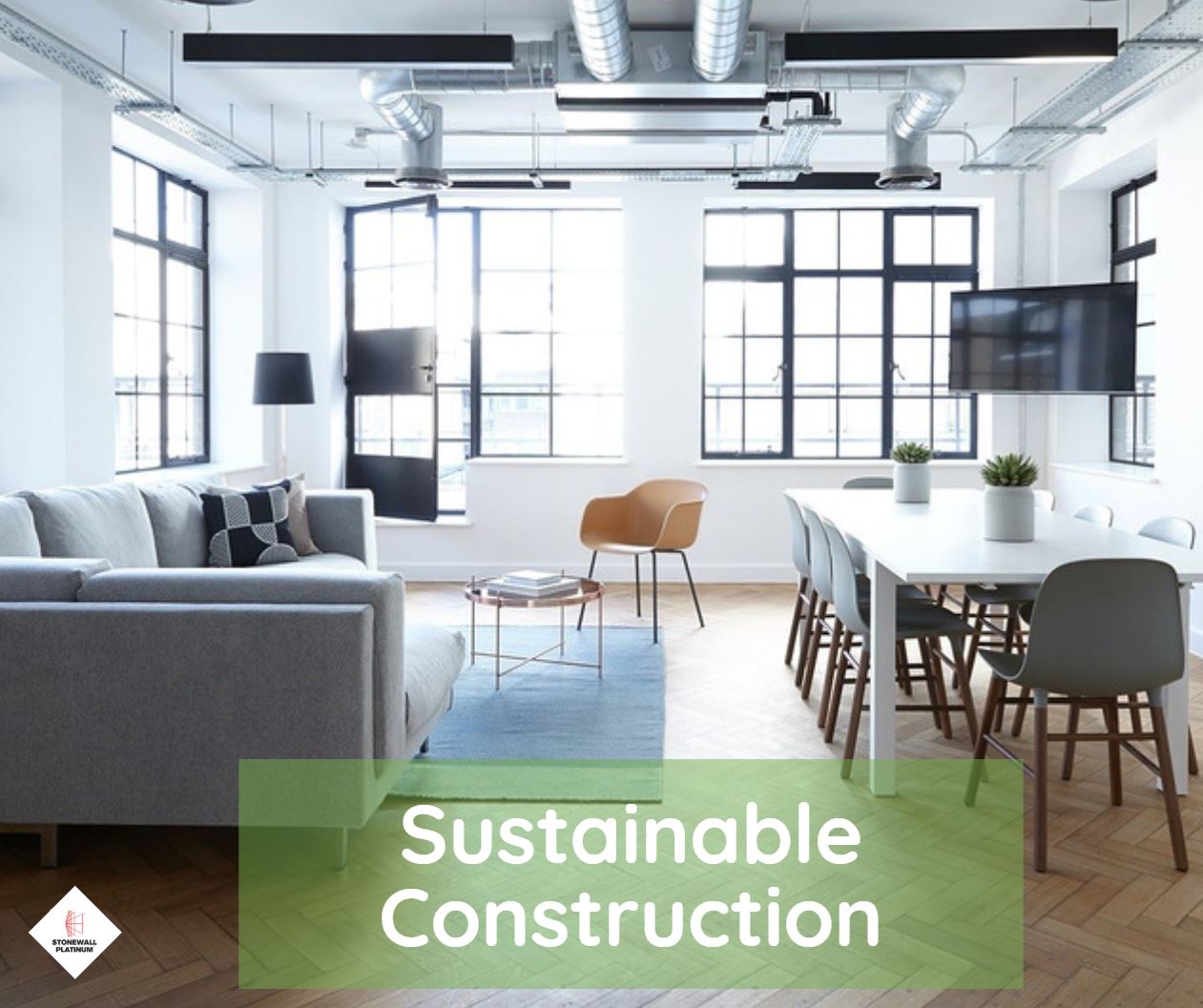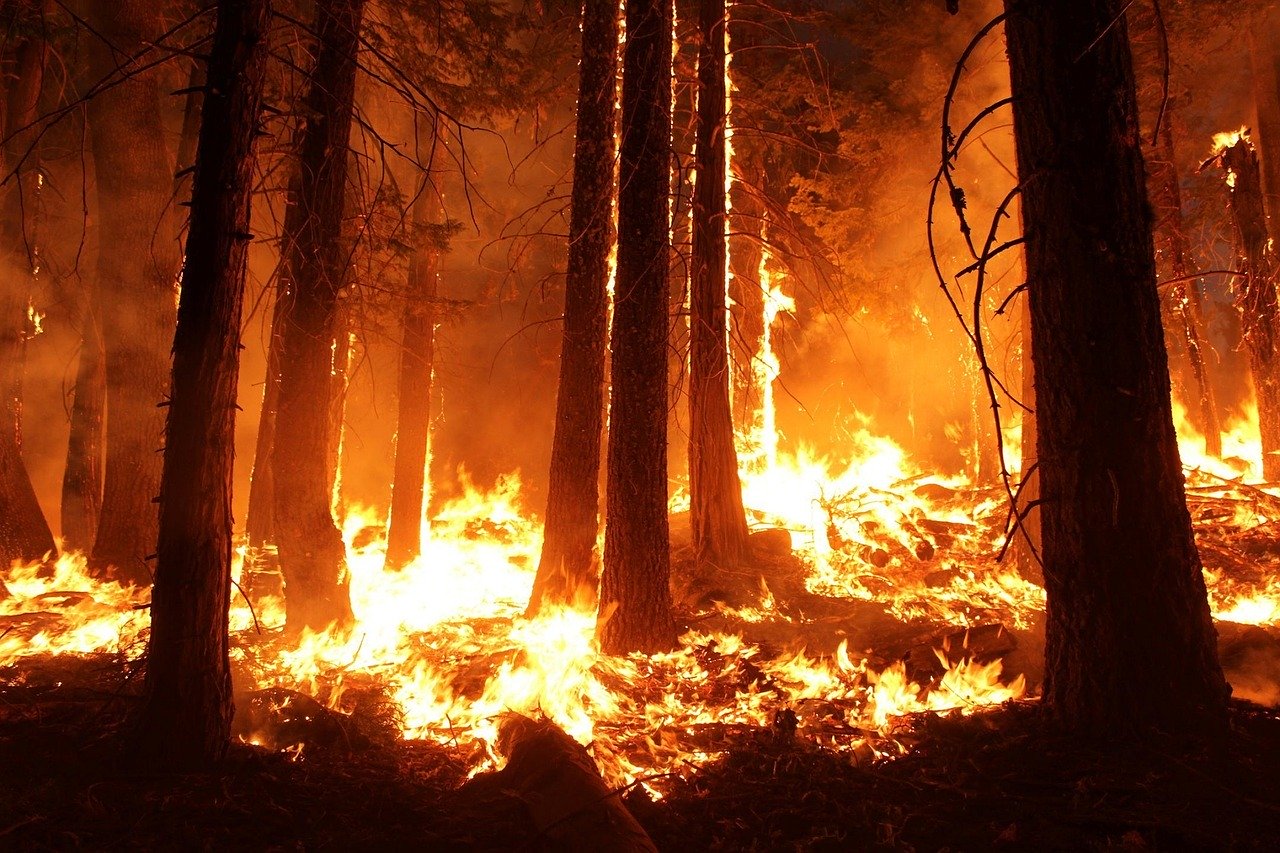Build Smart: 6 Reasons Why You Should Use Volcanic Rock Wool Insulation on Your Building Project
Are you “build smart”? If you are considering what you should use to insulate your next building project, you don’t have to look very far. While there are several other types of insulation materials one could choose from, it is hard to ignore volcanic rock wool insulation.
Volcanic rock wool insulation, as the name suggests, is made from the molten rock using a process inspired by volcanic eruption. A mixture of basalt and recycle materials are heated up in excess of 1400 degrees Celsius. The melted rock mixture is then spun in high speeds into thin fibers before a binder and mineral oil are added to provide stability.

In recent years, volcanic rock wool has gained popularity as the choice of insulation due to its superior thermal and acoustic properties. But there are a few more reasons why architects around the world are turning their attention to volcanic rock wool.
1. Fire Protection
With its raw material being rock, volcanic rock wool insulation is fire resistant and can be easily incorporated into the overall passive fire protection strategy to improve building fire safety.
2. High Thermal Efficiency
Cost-saving is an important consideration in today’s build. Volcanic rock wool insulation is known for its high thermal efficiency, which helps reduce energy consumption by better regulating temperature fluctuation in buildings.
How does volcanic rock wool insulation compare to other forms of insulation in terms of its thermal resistance? For a quick comparison, let’s take a look at volcanic rock wool and another common insulation material, fibreglass.
When we compare the R-value, which measures a building material’s thermal resistance, between the 2 types of insulation, volcanic rock wool insulation has a higher R-value, demonstrating its better resistance to heat transfer.
Specifically, volcanic rock wool insulation logs an R-value* of 3.0 to 3.3 per inch whereas fibreglass insulation logs an R-value* of 2.2 to 2.7 per inch, according to the U.S Department of Energy.
*R-values may vary with different material thickness.
3. Superior Acoustic Property
Noise reduction is another critical element to consider when designing a building. During the manufacturing process, volcanic rock wool fibres are oriented in a special way to enable the trapping of sound waves and suppression of vibration time. This is why volcanic rock wool insulation offers superior acoustic property and is a good insulation choice for noise reduction when designing an office, bedroom, or a building that is close to busy traffic.
4. Moisture Proof
So it breathes. Volcanic rock wool fibres don’t absorb moisture while still maintaining their permeability. This breathable quality means moisture will simply pass through the material without being trapped. This is how volcanic rock wool insulation minimises the risk of mould or bacterial growth. What a relief!
5. Light and Easy Installation
Compared to some other insulation materials, volcanic rock wool fibres are light in weight, making installation much easier on a job. Are you interested in the technical data of our volcanic rock wool insulation products? Create an account with us to download your free technical guides.
6. Environmental Sustainability
Let’s not forget about our environment. There are several reasons why volcanic rock wool insulation wins the heart of those who are environmentally conscious. To start with, the raw material of volcanic rock wool insulation is natural and sustainable. The raw material, volcanic rock, can be completely recycled once a building is no longer needed, therefore, minisming waste. The recycled building material can be reused during the manufacturing process to produce new insulation. This is an excellent demonstration of the circular economy and sustainable construction.


